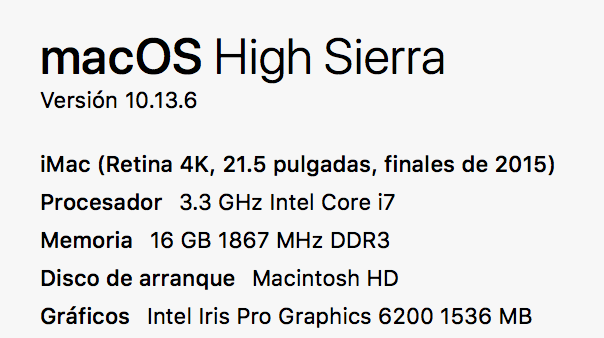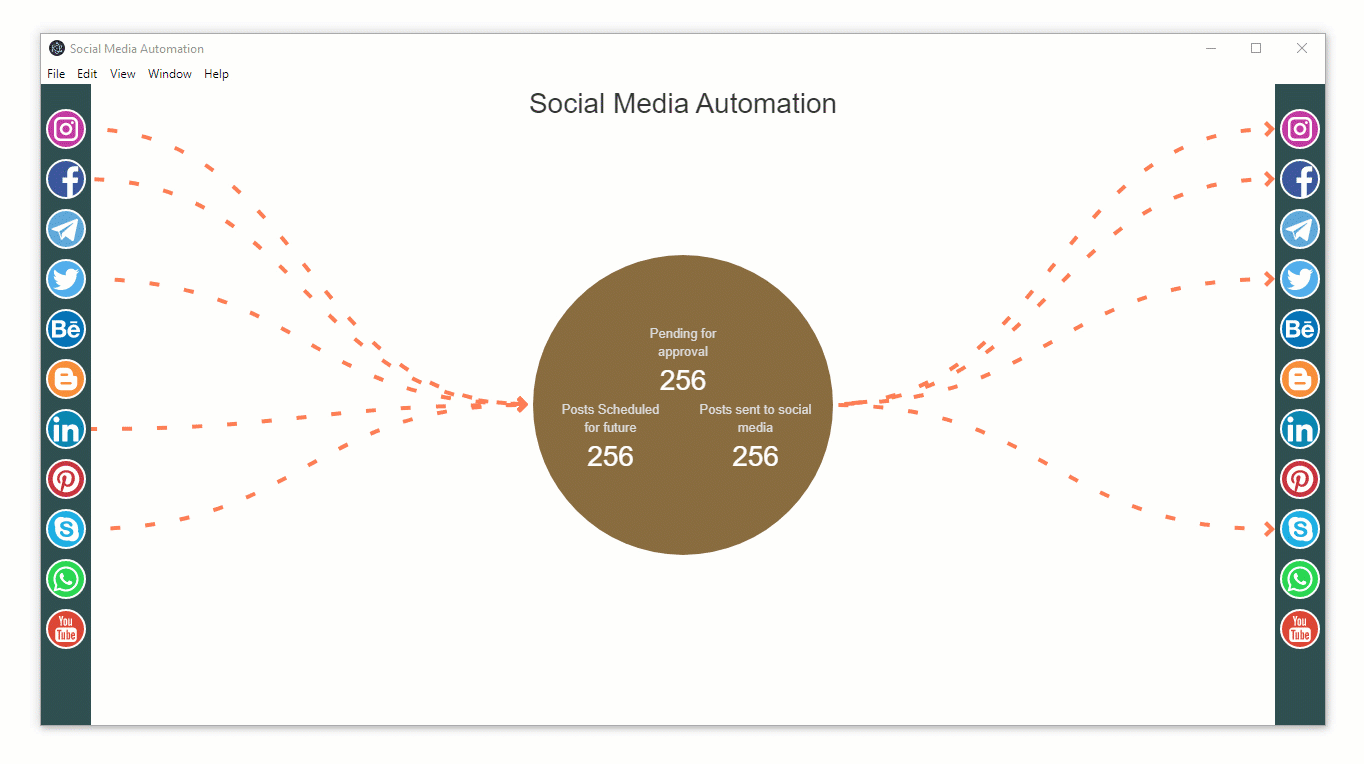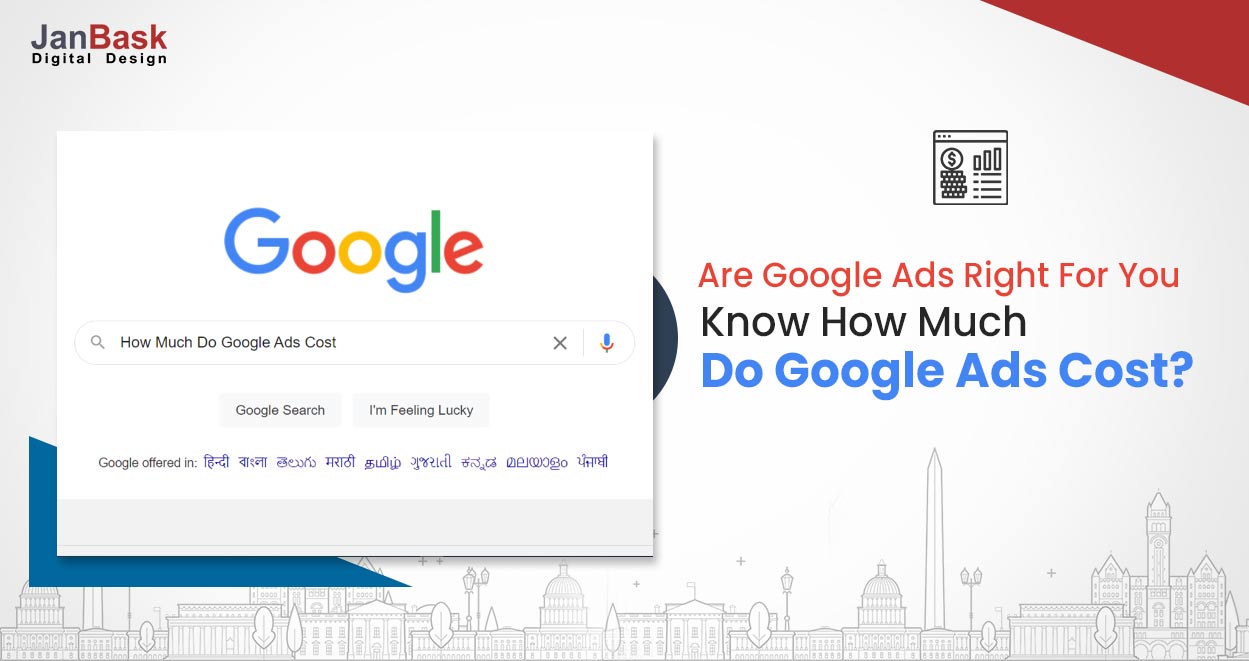
In this article, we will look at the main features and benefits of Google Ad Manager. We will also discuss pricing and features. Also, the programmatic-direct option will be explained. In addition, you will learn about the different campaign features, such as guaranteed campaigns, open auctions, and private marketplaces. The competition is increasing, and so is the revenue. We will also look at ways to increase revenue using Google Ad Manager.
Overview

This is a brief overview of Google Ad Manager's most important features. First and foremost, Ad Manager provides a variety of customizable reports and templates, including conversion rate and CTR, as well as audience and demographics. The system also has a test environment, which allows you to experiment with different ad campaigns until you're completely satisfied with the results.
Pricing
Google Ad Manager recently adopted a new, unified pricing structure. While this was good news for publishers, it was confusing for others. The new pricing rules will apply to all bidding channels, such as open auctions, private auctions, or first-look. Publishers must ensure that they save the settings for each type of inventory to make these changes effective. Find out how to use the new system in your favor.
These are the features
You will need an invitation from a Google Certified Publisher Partner to learn how to create ad campaigns using Google. To set up Google Ad Manager, the first step is to create your ad inventory. Ad units can be defined as the space on a website, app, or other media where advertisers can display ads. Google Ad Manager offers a wide range of options that allow you to specify the size and format, as well as other features.
Programmatic Direct
Google Ad Manager has two types main programmatic ad manager services. Publishers can use programmatic direct to buy advertising space in premium ad spaces. Programmatic Direct works in a similar manner to other online ad networks. Both platforms enable publishers to manage their advertising inventory. Publishers should be aware of the differences. This article will share some tips and tricks for programmatic advertising. However, before you begin creating ads with Google Ad Manager, you should understand how programmatic advertising works.
Video ads

If you're a publisher, you can now target your video ads with content targeting. This feature uses metadata and content bundles as keywords to determine which video advertisements play at a specific time. You must first connect your content source with Google Ad Manager. Next, create a video line in the ad manager. You can then set up ad rule to control the duration of your video advertisement.
BlueConic Customer Data Platform
Google Ad Manager can be used as a centralized marketing management platform (MAP). BlueConic Customer Data Platform is an online data platform that allows marketers use first-party behavior information to optimize campaigns. BlueConic CDP allows real-time audience segmentation by connecting to Google Ad Manager. BlueConic's DMP allows marketers to create similar audiences based on purchase history, demographic and behavioral data.
FAQ
Is it possible to get traffic for free?
Free Traffic refers to the traffic that comes directly from organic search results without paying for ads. This is also known as organic or natural traffic. You can get traffic free of charge by using article marketing, social media marketing and blogging.
Article Marketing is one of the most popular methods of getting free traffic because articles have an extremely low cost per click (CPC). Paid ads have a higher CPC, but the CPC is typically much lower than paid ads. Article marketing is also known as content marketing.
Social Media Marketing- You can promote your business using social media sites like Facebook and Twitter. These sites allow you to update, share photos, and develop relationships with people who could become customers. Many businesses choose to pay for ad space on social media websites because they want to reach a wider audience at a lower price.
Blogging – Another way to generate traffic for free is to blog. High quality content will draw people to your blog. Once your blog is attracting visitors, it's possible to make money from it by selling products and/or services.
Email Marketing - Email marketing has been around since the early days of the Internet, but today it still remains one of the best ways to drive traffic to your website. It is a great way to increase your subscriber base and sell products.
What information do you need about internet advertising
Internet advertising is an important part of any business strategy today. It helps companies reach potential customers at a low cost. There are many forms of internet marketing. Some are free while others may require payment.
There are many other ways to advertise online. Each method has its advantages and disadvantages.
What is the cost of advertising on social media?
It is important to know that advertising on social media platforms is not free if you decide to do this route. You'll be charged monthly according to how long you spend on each platform.
Facebook - $0.10 Per 1,000 Impressions
Twitter - $0.20 per 1,000 impressions (if you tweet)
Send out invitations on Linkedin for $0.30 per 1000 impressions
Instagram - $0.50/1000 impressions
Snapchat - $0.60 per 1,000 impressions ($0.40/user)
YouTube – $0.25 per 1000 views
Tumblr $0.15 for 1,000 impressions text posts
Pinterest - $0.05 per 1,000 impressions per month
Google+ - $0.15 to $0.0.20 per 1,000,000 impressions
Tumblr $0.15- $0.20 for 100,000 impressions
Vimeo - $0.20- $0.25 per 10,000 impressions
Soundcloud: $0.20-$0.25 Per 1 Million Plays
StumbleUpon - $0.20 -$0.25 per 1 billion pageviews
Digg: $0.20 – $0.25 per 1,000 diggs
Reddit – $0.20-$0.25 Per 1000 Comments
Wordpress - $0.20 - $0.25 for 500 comments
Flickr - $0.20 -- $0.25 per 5,000 photo uploads
What is affiliate market?
Affiliate marketing is an online model that allows you to earn commissions for referring customers to other websites. The product owner pays you when someone buys from you.
Referrals are the foundation of affiliate marketing. To get people to buy from your affiliate marketing, you don't have any special requirements. You just need to refer them to our website.
Making money doesn't require any hard selling. It's equally easy to sell and buy.
An affiliate account can be created in minutes.
The more people you refer, the more commission you will receive.
There are two types affiliates.
-
Affiliates who have their own websites
-
Affiliates working for companies offering products or services.
How can I choose my target audience
Start with yourself and those close to you. If you don’t know where or how to start, ask yourself "Whom are I trying to reach?"
Ask yourself these questions. Who are the most influential people within my industry? What are their biggest challenges? Which people are the most intelligent in my industry? Where can they be found online?
Return to the beginning. Why did you begin? What problem solved you for yourself? How did that happen?
These answers will help identify your ideal clients. You'll also learn more about what makes them tick and why they buy from you.
You can also look at your competitors' websites and social media pages to find clues about whom they cater to.
Once you identify your target customers, then you must decide which channels to use to reach these people. An example: If you provide services to realty agents, you may create an informational website for home buyers.
A blog could be created if your software is offered to small businesses.
If you sell clothing, you can create a Facebook fan page for teens. For parents who are looking for child-friendly restaurants, you might set up your own Twitter account.
This is the point: There are many ways to communicate your message.
What should you know about printing advertising?
Print advertising is a good medium to communicate effectively with consumers. Many companies use print advertising to promote their products. The main goal is to catch the attention and buy from the consumer.
Print ads are usually one-page long. They contain text, images, logos, and any other graphics. These ads may include sound, animation and video as well as hyperlinks.
The following categories are the most common types of print advertisements:
1. Brochures: These large-format printed pieces are meant to draw customers into stores. Brochures can often be adorned with brightly colored images and eye-catching designs.
2. Catalogues- These are smaller versions and variants of brochures. These are usually sent to customers who request information about specific items.
3. Flyers are small pieces or paper distributed at events such concerts and fairs. If they are given out at retail outlets, they can be obtained for free, but you must pay for them.
4. Flyers are also available in posters. They are often displayed on walls, fences, or buildings. They are usually created using computer software programs designed to catch passersby's attention.
5. Direct mail: These are postcards or letters that are sent directly by post to potential customers. These cards are sent by companies periodically to remind their customers about their company.
6. Newspaper Ads - These are placed in newspapers and magazines. These are typically quite long and often contain text as well images.
What do you need to know about radio advertising?
You should understand how the different types of media affect each other. All media forms can be considered complementary, rather than competing.
Radio is best used as an extension of television advertising. It can reinforce key messages and provide additional information.
Radio listeners may find TV commercials too long. Radio ads are typically shorter and less costly.
Statistics
- Google will display whichever ad type (CPM or CPC) is expected to earn more revenue for the publisher, which is in Google's best interest since they take a 32% share of the revenue. (quicksprout.com)
- Advertising spending as a share of GDP was about 2.9 percent. (en.wikipedia.org)
- It's 100% reliant on your website traffic. (quicksprout.com)
- Advertising's projected distribution for 2017 was 40.4% on TV, 33.3% on digital, 9% on newspapers, 6.9% on magazines, 5.8% outdoor, and 4.3% on radio. (en.wikipedia.org)
External Links
How To
How to show ads on a website
Advertisements are an important part of any business. They enable you to reach new customers and keep them coming again.
Advertising allows you to promote your products without spending any money.
You can use Google Adsense to display text and image advertisements on your blog, website, forum, or other online content.
Google Adsense gives you the opportunity to make revenue from every click on any ad link displayed on your site. It doesn't take any code to create your ads.
To get started, just sign up for a free account at www.google.com/adsense. Follow these steps to get started:
-
You can create ads with the Ad Builder tool. You can create a variety of ads with the Ad Builder tool, including text ads, images, videos, and interactive ads.
-
Once you have created your ads you will need to upload them into your AdSense account. To do this, select "Upload" under the "My Ads" section in the left-hand navigation bar.
-
Next, add keywords related to your product or service so that your ads appear in search results relevant to your niche.
-
Finally, copy the ads you want to paste into the appropriate parts of your website. After you do this, your ads will automatically be uploaded to your website.
-
Visitors will be directed to your site if they click on any of your ads.
-
Earnings are deposited into your AdSense account whenever someone clicks on one of your ads.
-
You can view reports showing the performance of your ads by going to the My Account tab in the top right corner of your AdSense dashboard.
-
Your earnings can also be downloaded as a CSV.
-
You can change your ads to increase earnings or target your audience.
-
You can also pause and delete your ads at any moment.
-
We are available to answer any questions.